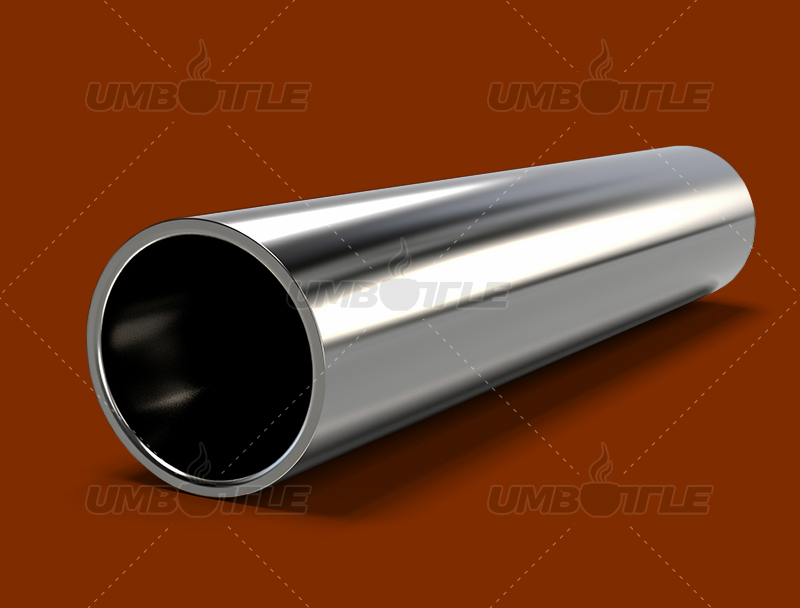Why is 201 Stainless Steel Unsuitable as a Material for Insulated Stainless Steel Cups?
Insulated stainless steel cups have gained widespread use in modern life due to their efficient thermal insulation performance and durability, making them indispensable in daily routines. However, material selection is crucial for the quality and safety of these cups. Despite 201 stainless steel serving certain purposes in specific applications, it exhibits several significant drawbacks when considered as a production material for insulated stainless steel cups.
Here are several key reasons:
Inadequate Corrosion Resistance: Insulated stainless steel cups often come into contact with liquids such as water and beverages. However, 201 stainless steel's corrosion resistance is relatively poor. It contains higher levels of manganese and nitrogen, making it susceptible to corrosion in chlorine-containing environments. Chlorine and other chemicals present in drinking water could react with 201 stainless steel, leading to corrosion on the cup's surface, thereby compromising both safety and appearance.
Health and Safety Concerns: The composition of 201 stainless steel might give rise to health and safety issues. Elevated levels of manganese and chromium can result in chronic toxicity upon prolonged exposure. Although direct contact between the cup's contents and the material is unlikely, there exists a certain degree of health risk, particularly in cases of prolonged usage.
Subpar Thermal Insulation Performance: One of the primary functions of insulated stainless steel cups is to maintain the temperature of liquids. 201 stainless steel has relatively high thermal conductivity, which could lead to inferior insulation performance compared to other materials like 304 stainless steel. This reduced insulation capacity translates to shorter heat retention times, diminishing the practical value of the cup.
Quality Stability Concerns: The composition and properties of 201 stainless steel are relatively unstable, implying potential material quality fluctuations during manufacturing. This instability negatively impacts the quality and reliability of insulated stainless steel cups, rendering them unsuitable for long-term usage requirements.
Nickel Release Concerns: While 201 stainless steel has low nickel content, there remains a risk of nickel release. Some individuals are allergic or sensitive to nickel, which could trigger allergic reactions. To ensure user health and safety, avoiding materials that could lead to allergic issues is of paramount importance.
In summary, despite the presence of certain advantages in specific contexts, the issues pertaining to corrosion resistance, health safety, thermal insulation performance, and quality stability render 201 stainless steel unsuitable as a material for producing insulated stainless steel cups. Opting for high-quality, certified materials like 304 stainless steel ensures reliable assurance of thermal performance, safety, and durability in insulated cups.

Dongguan Zhanyi Commodity Technology Co., Ltd. specializes in the production of metal cups, plastic cups, coffee cups, suction mug, lunch boxes, food jar, travel mugs, portable water bottles, sports bottles, home life desktop trash cans, thermos bottles, etc.These products are all our annual exports, and are recognized and loved by the US, Europe, Australia, Japan, South Korea, Taiwan, Hong Kong and other consumers. Support for small quantity order, fast customization.